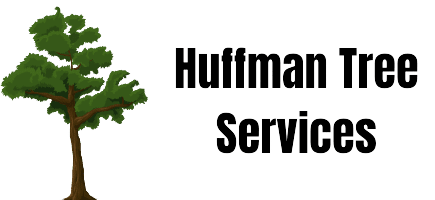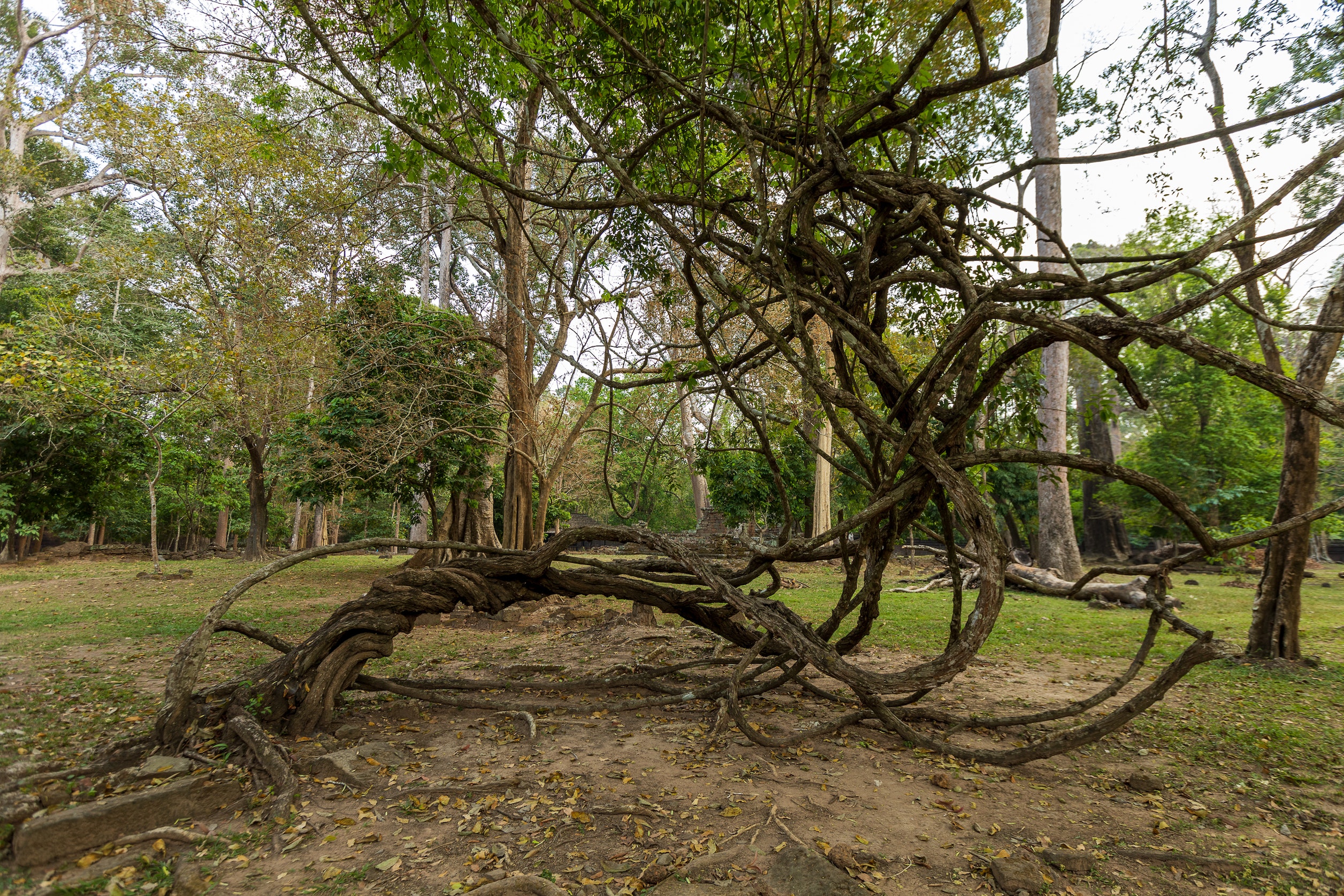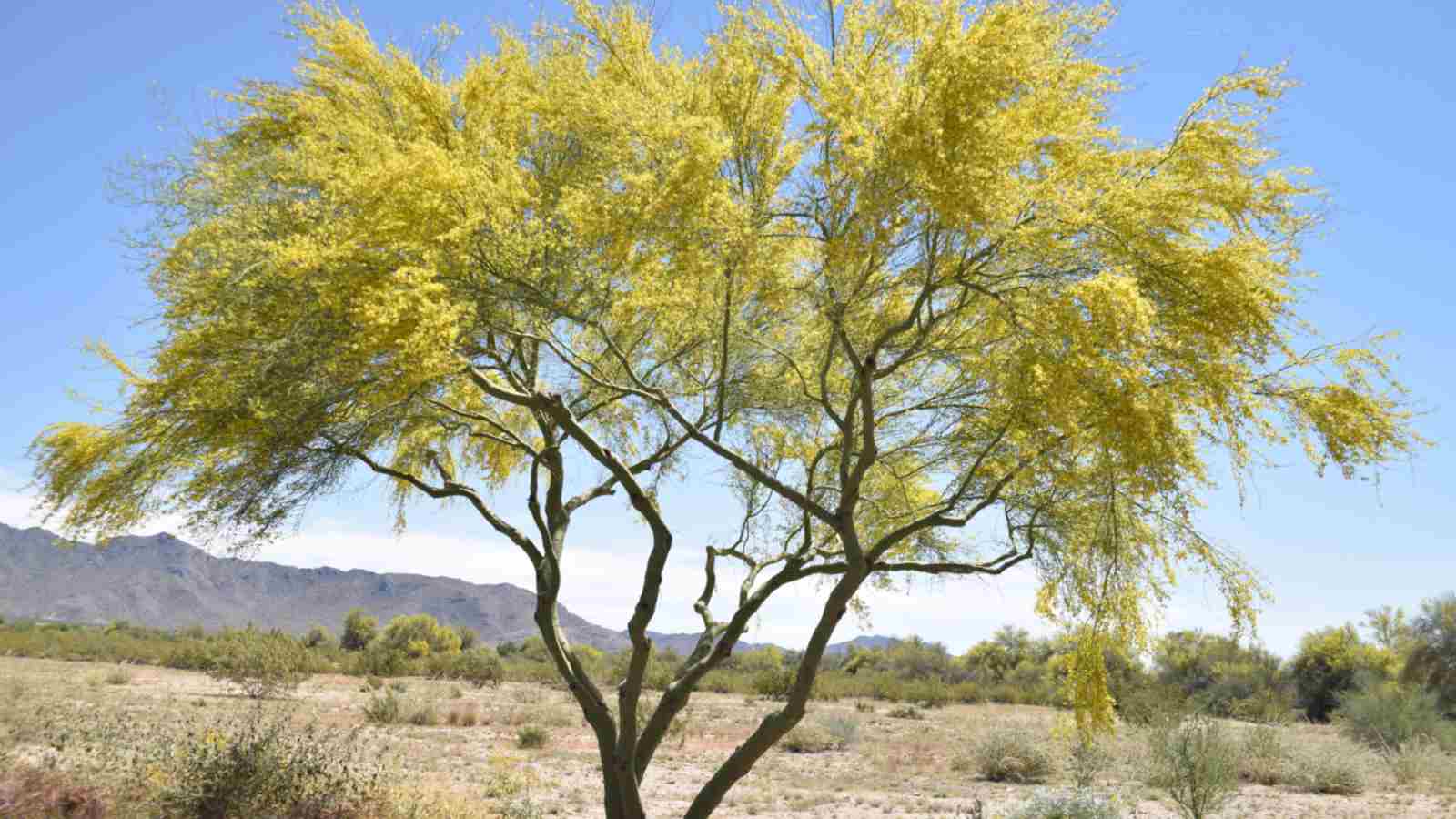Are you a homeowner contemplating the removal of a tree from your property? Before you reach for your tools, it’s crucial to understand the role of your Homeowners Association (HOA).
This article unravels the mystery surrounding HOA approval for tree removal. From preserving property aesthetics to ensuring safety, we delve into the guidelines and regulations that govern this process. So, whether you’re eyeing that overgrown tree or simply curious about HOA rules, read on to discover how they can impact your tree removal decisions and ultimately protect your community’s unique character.
Table of Contents
- Understanding Homeowners Associations (HOAs)
- HOA Guidelines on Tree Removal
- When HOA Approval Is Required for Tree Removal
- Process for Obtaining HOA Approval
- Potential Consequences of Tree Removal Without HOA Approval
- Key Points:
- Conclusion
- Frequently Asked Questions
- How do you write a letter to remove a tree?
Understanding Homeowners Associations (HOAs)
Homeowners Associations (HOAs) play a vital role in maintaining and preserving the quality and character of residential communities. If you live in a neighbourhood or a condominium complex with an HOA, it’s essential to understand their purpose and the guidelines they enforce.
An HOA is typically established to govern and manage common areas and amenities within a community. That can include parks, playgrounds, swimming pools, landscaping, and more. The primary objective of an HOA is to ensure that these shared spaces are well-maintained, aesthetically pleasing, and in line with the community’s overall vision.
HOAs achieve this by establishing rules, regulations, and guidelines that all residents must adhere to. These guidelines are often documented in bylaws or covenants, conditions, and restrictions (CC&R). They outline various aspects, including architectural standards, landscaping requirements, and even rules regarding tree removal.
The enforcement of these guidelines is crucial to maintaining the uniformity and value of properties within the community. By establishing and upholding these standards, HOAs aim to create a harmonious and visually cohesive living environment for all residents.
It’s important to note that each HOA has its unique guidelines and restrictions. Therefore, homeowners must familiarize themselves with the specific rules of their HOA regarding tree removal and other related matters.
Key Points:
- Homeowners Associations (HOAs) govern and manage common areas and amenities within residential communities.
- HOAs establish rules, regulations, and guidelines to maintain the quality and aesthetics of the community.
- HOA guidelines are typically documented in bylaws or covenants, conditions, and restrictions (CC&R).
- These guidelines cover various aspects, including architectural standards, landscaping requirements, and rules regarding tree removal.
- HOAs aim to create a visually cohesive and harmonious living environment by enforcing these guidelines.
- Homeowners need to familiarize themselves with their specific HOA’s guidelines and restrictions.
- Understanding the HOA rules regarding tree removal helps homeowners make informed decisions while complying with the regulations.
HOA Guidelines on Tree Removal
Many homeowners wonder whether they need HOA approval regarding tree removal. The answer largely depends on the specific guidelines set by your HOA. Typically, HOAs have rules regarding tree removal to maintain the overall aesthetics, preserve property values, and ensure safety within the community.
The guidelines surrounding tree removal can vary widely from one HOA to another. Some HOAs may have strict rules that require approval for any tree removal, regardless of the tree’s size or location. Others may have more lenient guidelines, allowing homeowners to remove trees within their property without prior approval as long as specific criteria are met.
HOAs often establish these guidelines to maintain the visual appeal of the community. Trees can significantly contribute to the overall landscape and character of a neighbourhood. Removing a tree without proper consideration can impact the aesthetics and disrupt the community’s ambience.
Additionally, HOAs aim to preserve property values by ensuring that any tree removal aligns with the community’s vision and architectural guidelines. In some cases, mature or significant trees may hold particular importance to the community, and their removal could negatively affect the overall appeal and desirability of the neighbourhood.
Safety is another crucial aspect considered by HOAs. Some trees may pose potential hazards, such as being diseased, damaged, or leaning dangerously close to structures or power lines. HOAs may require approval for removing such trees to ensure proper assessments are conducted and necessary precautions are taken.
Homeowners need to consult their HOA guidelines or contact the HOA board or management to understand the specific rules and requirements regarding tree removal. This knowledge will help homeowners make informed decisions and proceed by the HOA regulations, preserving their community’s visual harmony, property values, and safety.
Key Points
- HOA guidelines on tree removal vary from one homeowner’s association (HOA) to another.
- HOAs establish these guidelines to maintain aesthetics, preserve property values, and ensure safety within the community.
- Tree removal rules aim to preserve the visual appeal and character of the neighbourhood.
- Removing trees without proper consideration can negatively impact the community’s ambience.
- HOAs may require approval for tree removal to ensure compliance with architectural guidelines and preserve property values.
- Safety is essential, especially for diseased, damaged, or hazardous trees.
- Homeowners should consult their HOA guidelines and contact the HOA board or management to clarify tree removal regulations.
- Understanding the rules helps homeowners make informed decisions and maintain harmony within the community.
When HOA Approval Is Required for Tree Removal
While the specific rules can vary, there are ordinary circumstances where HOA approval is typically required for tree removal. Understanding these situations can help homeowners determine when to seek permission before removing trees.
Removal of Mature or Significant Trees:
HOAs often have guidelines to protect mature or significant trees within the community. These trees may hold historical, cultural, or environmental value and contribute to the overall beauty of the neighbourhood. In such cases, HOA approval is typically required before removing these trees.
Trees Located in Common Areas:
Common areas within the community, such as parks, green spaces, or along streets, are often governed by HOA guidelines. If a tree falls within a common area rather than on an individual homeowner’s property, it usually requires HOA approval for removal.
Trees Impacting Aesthetics or Property Values:
HOAs strive to maintain the overall aesthetics and property values within the community. If a tree’s presence significantly affects the visual appeal or potentially negatively impacts property values, the HOA may require approval for its removal.
Trees Endangering Safety:
Safety is a top priority for HOAs. Trees that are diseased, damaged, leaning precariously, or threatening structures, power lines, or public pathways may require approval before removal. HOAs want to ensure that professional assessments are conducted and appropriate measures are taken to mitigate risks.
Homeowners need to review their specific HOA guidelines to determine the exact circumstances in which approval is required for tree removal. Failing to obtain the necessary permission can result in penalties, fines, or potential legal disputes with the HOA.
By understanding the situations that typically require HOA approval, homeowners can make informed decisions, comply with the regulations, and preserve the community’s aesthetic appeal, property values, and safety standards.
Key Points:
- HOA approval is typically required for tree removal in specific circumstances.
- Mature or significant trees may require approval due to their historical, cultural, or environmental value.
- Trees located in common areas usually need HOA approval before removal.
- HOAs may require approval for tree removal if it impacts aesthetics or property values within the community.
- Safety concerns, such as diseased, damaged, or hazardous trees, often necessitate HOA approval for removal.
- Homeowners should review their specific HOA guidelines to understand when approval is required.
- Failing to obtain HOA approval for tree removal can result in penalties, fines, or legal disputes.
- Understanding the circumstances for approval helps homeowners make informed decisions and comply with regulations, preserving the community’s appeal and safety standards.
Process for Obtaining HOA Approval
Once homeowners determine that HOA approval is required for tree removal, it is essential to understand the process involved in obtaining that approval. While the exact steps may vary depending on the specific HOA, the following general guidelines can help homeowners navigate the approval process:
Review HOA Guidelines:
Begin by thoroughly reviewing the HOA guidelines related to tree removal. Pay close attention to any requirements, documentation, or forms that must be submitted. Familiarize yourself with the timelines and procedures outlined by the HOA.
Prepare Documentation:
Gather the necessary documentation to support your tree removal request. That may include a tree assessment report from a certified arborist outlining the condition and potential risks associated with the tree. Additionally, you may need to provide a proposed tree removal plan that details the steps you will take to ensure the safe and responsible removal of the tree.
Submit a Formal Request:
Follow the designated process outlined by the HOA for submitting a formal request for tree removal. That typically involves completing a specific form provided by the HOA and attaching the required documentation. Ensure that you provide accurate and detailed information to support your case for tree removal.
Attend HOA Meetings (if required):
Sometimes, the HOA may require you to present your case in person at a meeting. That allows you to explain your reasons for tree removal and address any concerns raised by the HOA board or other community members. Be prepared to provide additional information or answer questions during the meeting.
Await Approval and Comply with the Conditions:
Once your request is submitted, the HOA will review it according to their established procedures. They will assess factors such as the tree’s condition, impact on aesthetics, and potential safety hazards. If your request is approved, ensure you comply with any HOA requirements or guidelines regarding the tree removal process.
Seek Professional Assistance (if needed):
Depending on the complexity of the tree removal, you may need to hire a professional service. Ensure you engage a reputable and certified arborist or tree removal company to do the job safely and efficiently.
By following the HOA’s process for obtaining approval and adhering to their guidelines, homeowners can ensure a smooth and compliant tree removal process. Remember to maintain open communication with the HOA throughout the process and seek clarification if needed.
Key Points:
- Understand and review the HOA guidelines regarding tree removal.
- Gather necessary documentation, such as a tree assessment report and proposed removal plan.
- Follow the designated process outlined by the HOA for submitting a formal request.
- Be prepared to attend HOA meetings if required to present your case.
- Await approval from the HOA and comply with any conditions or guidelines provided.
- Seek professional assistance from certified arborists or tree removal services if needed.
- Maintain open communication with the HOA throughout the process and seek clarification when necessary.
- Homeowners can ensure a compliant and smooth tree removal process by following the HOA’s strategy and guidelines.
Potential Consequences of Tree Removal Without HOA Approval
Removing a tree without obtaining the necessary approval from your HOA can have significant consequences. Understanding the potential ramifications before taking action that violates the established guidelines. Here are some potential consequences to consider:
Penalties and Fines:
HOAs have the authority to enforce their guidelines and regulations. If you remove a tree without approval, you may be subject to penalties or fines imposed by the HOA. These financial consequences can vary depending on the severity of the violation and the rules set forth by the HOA.
Legal Action:
The HOA may take legal action against homeowners who violate the guidelines in more severe cases. That could result in a lawsuit, which can be costly and time-consuming for all parties involved. It is important to note that HOAs typically have the legal authority to enforce their rules and protect the community’s interests.
Remediation or Replacement Costs:
If the HOA determines that removing a tree without approval has negatively impacted the community, they may require the homeowner to bear the cost of remediation or replacement. That could involve planting new trees or restoring the area to its previous condition.
Damage to Community Harmony:
Removing a tree without proper procedures can create tension and conflict within the community. Other residents may view this action as violating the established rules and guidelines, leading to strained relationships and losing trust among neighbours.
Impact on Property Value:
Tree removal, significantly when not in compliance with HOA regulations, can negatively impact property values within the community. Trees often contribute to the visual appeal and desirability of a neighbourhood. Removing them without valid reasons or proper approval can diminish the overall attractiveness of the area and potentially affect property resale values.
To avoid these consequences, it is crucial to adhere to the HOA guidelines, seek the necessary approvals, and engage in open communication with the HOA board or management. By doing so, homeowners can maintain a harmonious community, preserve property values, and ensure compliance with the established rules.
Key Points:
- Removing a tree without HOA approval can result in penalties, fines, and potential legal action.
- Homeowners may be responsible for remediation or replacement costs for unauthorized tree removal.
- Unauthorized tree removal can damage community harmony and strain neighbour relationships.
- It can negatively impact property values within the community.
- Adhering to the HOA guidelines and obtaining proper approval is crucial to avoid these consequences.
- Open communication with the HOA board or management is essential throughout the tree removal.
- Understanding and abiding by the HOA approval process helps maintain a harmonious community and preserve property values.
- Respecting and complying with the established rules is essential to ensure a positive living environment for all residents.
Conclusion
In conclusion, homeowners considering tree removal within a community governed by a homeowners association (HOA) must understand and respect the HOA guidelines regarding this process. The decision to remove a tree should not be taken lightly, as it can affect the community’s overall aesthetics, property values, and safety.
By familiarizing themselves with the specific HOA guidelines, homeowners can determine whether HOA approval is required for tree removal. These guidelines are established to maintain visual appeal, preserve property values, and ensure the safety of residents. It is important to remember that each HOA may have different rules, so homeowners should carefully review the guidelines applicable to their community.
Key factors that often require HOA approval for tree removal include the removal of mature or significant trees, trees located in common areas, trees impacting aesthetics or property values, and trees posing safety hazards. By seeking approval for tree removal in these circumstances, homeowners can contribute to preserving the community’s beauty, property values, and safety standards.
Obtaining HOA approval involves following a specific process, which typically includes reviewing guidelines, preparing documentation, submitting a formal request, and potentially attending meetings. Homeowners should comply with the established procedures and maintain open communication with the HOA throughout the approval process.
Understanding the consequences of removing a tree without HOA approval is crucial. These consequences may include penalties, fines, legal action, remediation or replacement costs, damage to community harmony, and negative impacts on property values. By adhering to the HOA guidelines and obtaining the necessary approvals, homeowners can avoid these consequences and contribute to a harmonious living environment.
Frequently Asked Questions
How do you write a letter to remove a tree?
To report a letter to request tree removal, include your name, address, and contact information. Clearly state the reason for the removal, provide details about the tree’s location, and explain any potential safety concerns. Address the letter to the appropriate authority, such as the homeowners association or local government department responsible for tree management.






